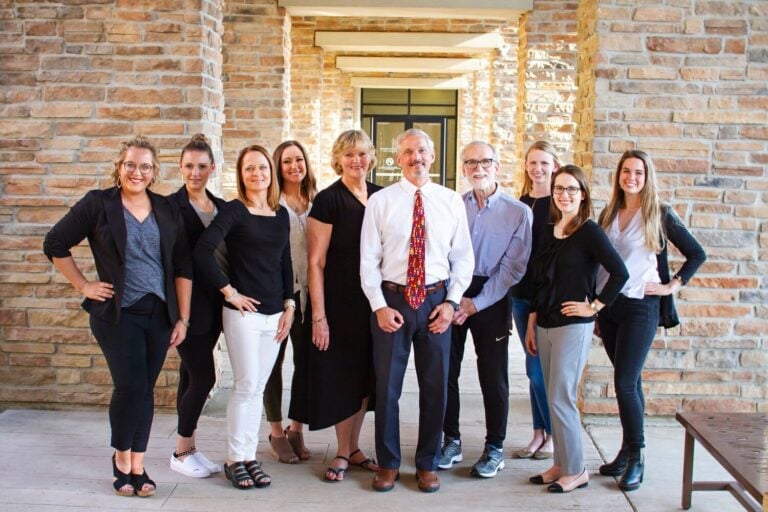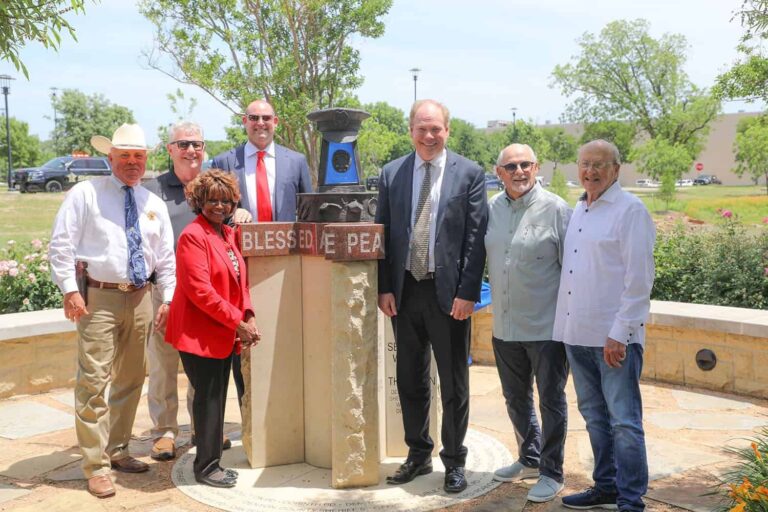Bonnie & Clyde
EASTER SUNDAY, 1934 – As officers Edward (E.B.) Wheeler and Holloway Murphy cruised down Highway 114, they noticed a vehicle pulled off to the side of a dirt road. Assuming the occupants were stranded and in need of assistance, the two curious policemen parked their motorcycles and began walking towards the vehicle – unaware of the tragic fate that lay ahead of them. Within seconds, Wheeler and Murphy were blindsided by shotgun bullets and fell to the ground, killing E.B. and wounding Holloway. The shooters exited their vehicle, approached the helpless man, and, without a second thought, mercilessly shot him again at point-blank range. The car’s occupants – notorious lovers-turned-serial killers Bonnie and Clyde and their gang member associate Henry Methvin – had just claimed the lives of the eleventh and twelfth victims in yet another senseless murder to evade being brought to justice.
It is strange to imagine the wrath of Bonnie and Clyde bellowing right through a neighboring community as close as Grapevine. But it’s not the only Texas city that experienced it. Bonnie and Clyde are actually Texas natives. They were both born and raised in extreme poverty in Dallas. It is likely that the poor economy and limited opportunities that stemmed from the Great Depression fueled their criminal careers. At the time they met, Bonnie, 19, was married to a convicted murderer, and Clyde, 21, was unmarried. They started dating in 1930 and thus began their intensely passionate love and loyalty for each other. Shortly after, Clyde was sentenced to 20 months in the Eastham Prison Farm in Texas for car theft. Bonnie went as far as to stay at the facility while awaiting his release. She even smuggled in a gun, which Clyde used to escape, but he was later recaptured and served the remainder of his sentence. He was released on parole in 1932, but his experience in prison did not deter him from returning to the life of crime. In fact, the prison’s poor living conditions and inhumane treatment played a very large factor in Clyde’s criminal motive. He vowed to get enough money, weapons, and ammunition to carry out revenge on the prison guards – and he would stop at nothing to make it happen.
By 1933, their posse, the Borrow Gang, consisted of Bonnie Parker, Clyde Barrow, Buck Barrow, Blanche Barrow, W.D. Jones, Henry Methvin, Raymond Hamilton, and Ralph Fults. Over the course of its 21-month-long crime spree, the Barrow Gang committed 13 murders and several robberies and burglaries. Contrary to popular belief that their specialty was robbing banks, the Barrow Gang typically targeted smaller, more vulnerable stores and gas stations.
Clyde eventually returned to the Eastham Prison Farm with Bonnie to get his revenge. He and Bonnie helped fellow gang member Raymond Hamilton break out of the facility, showering the guards with bullets from their machine guns, ultimately killing one of the guards.
Five months later, Bonnie and Clyde were killed by a six-man team led by Texas Ranger Frank Hamer. They were ambushed in a stolen vehicle while driving on Louisiana State Highway 154.






